HOME > Basketball
2-3 joint defense, the weapon for restricting strong inside and punishing unstable three-pointers
11:54pm, 29 May 2025【Basketball】
2-3 joint defense is a regional joint defense strategy. Two players on the line stand at two ends of the free throw line, three players off the line, one guards the basket, and two people are inside the three-point line on both sides. Its core concept is to fill up the penalty area, not allow inside attack, not give room for breakthrough, and multiple players recover the penalty area to protect rebounds.
Tactical illustration:
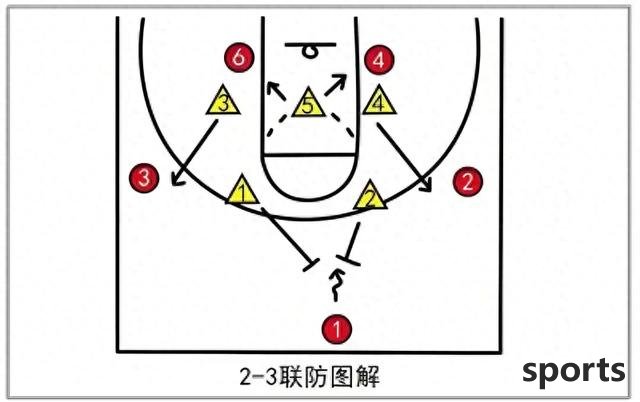
Applicable opponent lineup:
1. Lineup with strong offensive points in the interior
When the opponent has strong offensive points in the fourth or fifth position, he is good at singles at low posts and strong attacks at the basket, but his side lacks the inside defensive resources, he can use multiple players to shrink the basket, compress space, and not give the opponent a chance to catch the ball.
For example, when the Heat played against the 76ers, Embiid had a 2-3 joint defense because he had strong inside damage, so he restricted him from catching the ball.
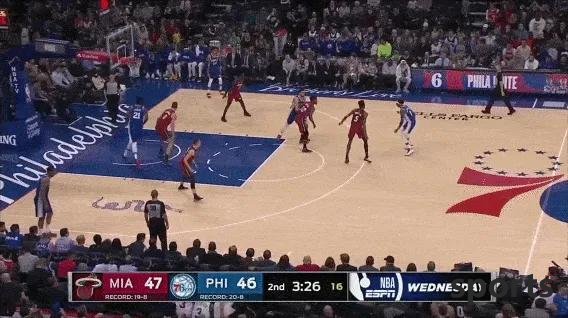
2. When the opponent's defender or forward has very strong single-point breakthrough ability, the joint defense can limit the opponent's breakthrough path.
For example, when the Heat played against the Jazz, Mitchell had a strong breakthrough ability, so he played 2-3 joint defense
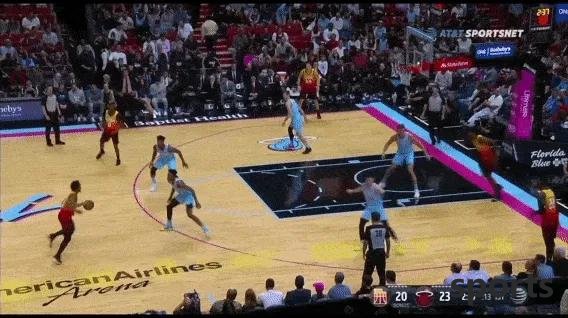
3. The lineup with unstable three-pointers on the outside line
2-3 joint defense is the base corners on both sides and the three-point area at the top of the arc, so once the opponent's bottom corner is a non-three-point point, you can empty it.
4. The pressure formed by the 2-3 joint defense in the area will cause players with weak passes to make mistakes when passing the ball, or fall into singles and forcefully take action.
Core advantages
1. It can effectively protect the penalty area and protect the backcourt rebounds.
3 players guard the penalty area, and even if the opponent can receive the ball in the penalty area, it will be difficult for multiple players to score. In addition, the number of people at the basket is also convenient for the protection of rebounds.
2. Restricting the opponent's star players to break through
Star players have strong one-on-one singles ability. Using joint defense can limit his breakthrough (Zero Penetrate),
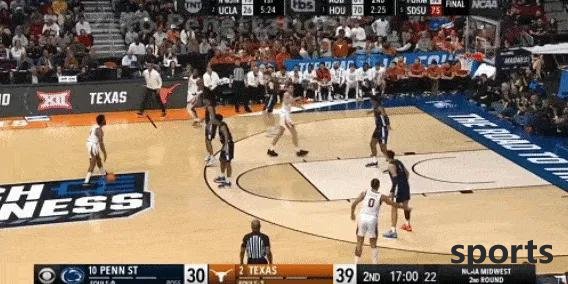
disrupts his offensive rhythm, forcing him to pass the ball or force his move to complete the attack. For example, force the opponent to take a prematurely forced 3s (Early committed 3s)
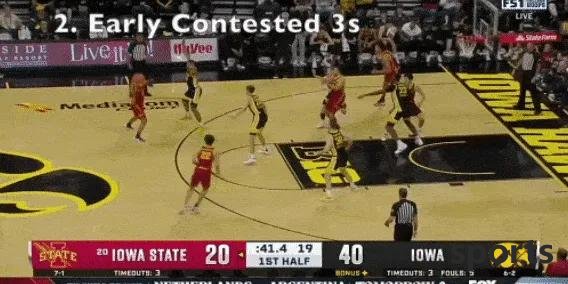
And for force the opponent to take a forced mid-range move Contested Midrange Shots)
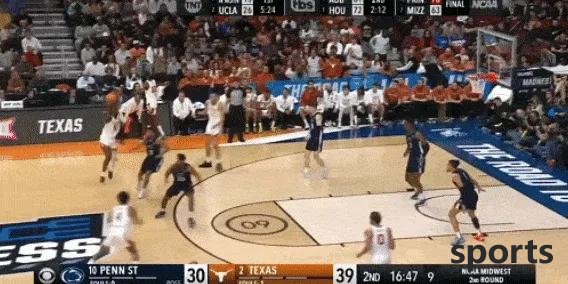
3. Hiding weak defense players
Through regional coordination, the team's weak defense can avoid being singled by one-on-one, or avoiding the team's star players being targeted for fouls in one-on-one situations. For example, the Heat rely on Dunro's three-pointers on the offensive end, but defense is his weak ring. Using 2-3 joint defense can hide Dunro well, avoiding him being singled by one-on-one
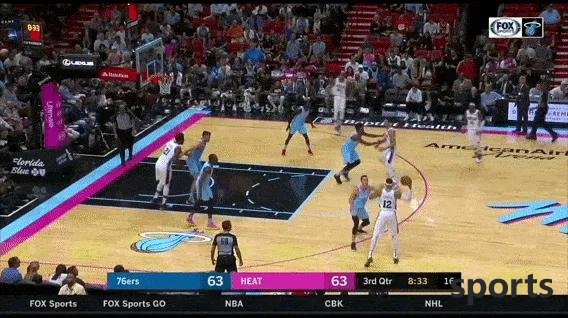
4. Strong defensive elasticity
2-3 joint defense can not only shrink to the inside that limits the opponent's inside strong points, but also expand to the outside to limit the opponent's breakthrough, which is very flexible.
How to crack 2-3 joint defense? The
arc top area is the key (High Post Area). The number four or 5 position is connected at the top of the arc, which is the key to dismantling the 2-3 joint defense.
1. Matching up)
When a player at the top of the arc finds that the opponent's defensive formation is a matching defense (each defender has his own defender), he can play one-on-one singles.

2. High-low)
After the player at the top of the arc receives the ball, the teammates at the bottom line can sneak attack in the ghost position and complete the cooperation between high and low positions. When the player at the top of the arc catches the ball, if the player at the top of the opponent's defensive formation is that one person defends 2 people at the bottom line and one person is empty on the other side, he can pretend to pass the three-point point to the wing, attract the teammates who slide to the bottom line and achieve high and low positions.
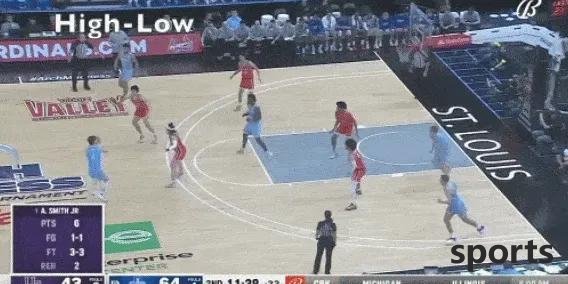
3. High Post Jumping
The player responsible for receiving the top of the arc has the ability to shoot in the middle distance. When he receives the ball at the top of the arc, other teammates run normally. He can pass the ball or use jump shots to complete the score. It is suitable for inside players such as Chris Webber, Duncan, and Garnett.
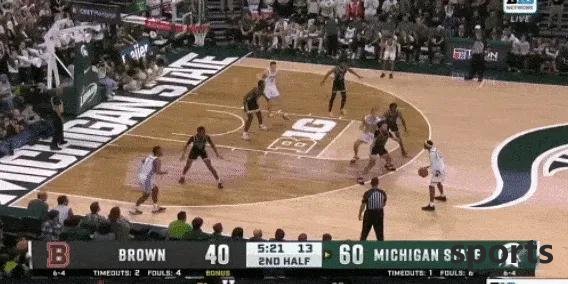
4. High Post to Corner
After someone receives the ball at the top of the arc, he can arrange a three-pointer at the bottom corner. The player at the top of the arc pretends to attack, attracts the bottom corner of the ball when the double-teams, and completes a three-point shot
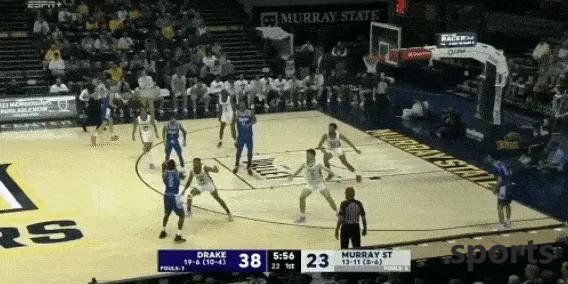
5. High Post to Wings)
The third position provides a cover for the number one position, and then stops on the wing. After receiving the ball at the top of the arc, the fourth position sinks to attract the defense, passes the ball to the wing to complete a three-point shot,
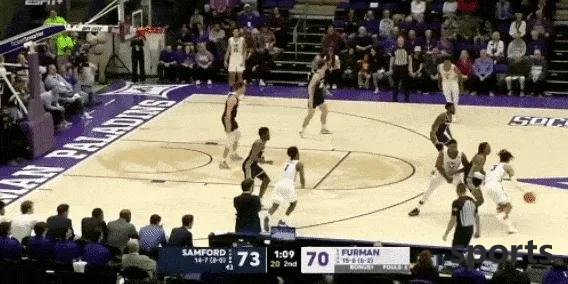
6. One-on-one single (1 vs 1 Isolation)
The fourth position receives the ball at the top of the arc, and the number one and second positions stop outside the three-point line, clearing the space for the inside line, and the fourth position completes one-on-one single, and the inside line wins the opponent.
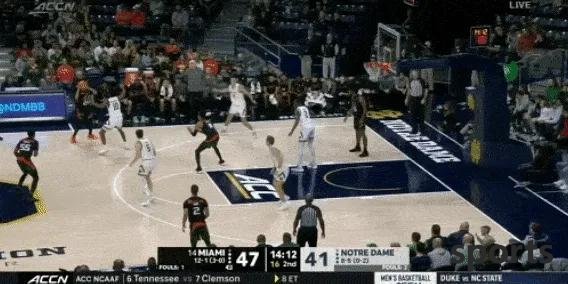
7. Use Shot Fakes to catch the ball at the top of the arc, and there are opportunities for the bottom corner and wing three-pointers. If the opponent makes up for defense, the player can use the fake action to deceive the defender and then complete the jump shot.
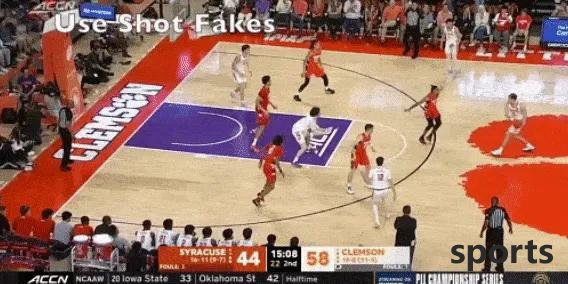
Related Posts
- As expected! Reporters posted netizen prediction votes: 60% successfully predicted that James would not announce his retirement.
- A star who may retire in the NBA in the past five years. Time always says goodbye
- +1! The fourth player this summer goes abroad and joins the overseas league and is expected to become the next Yang Hansen
- Adebayo s girlfriend is too strong: He won 6 consecutive victories with 30+16, breaking the record and becoming the first person in WNBA history
- The Chinese men s basketball team will see a blowout talent in the next Olympics, and Yao Ming s dividends will gradually be reflected!
- NBA Rockets News: Renewal with Tate
- Wiggins takes a family on vacation and earns 250 million yuan. The Lakers want to trade him, and his wife has a good figure
- Heroes cherish each other! Pierce praised Kobe as the second Jordan, saying that defending him is very stressful
- NBA Playoffs: Unexpected 3-1, Kaiyong is in trouble, Nuggets Thunder King Mountain
- Chasing dreams and mocking Dillon was criticized by American netizens! James was caught in a gunfire!
Hot Posts
- As expected! Reporters posted netizen prediction votes: 60% successfully predicted that James would not announce his retirement.
- A star who may retire in the NBA in the past five years. Time always says goodbye
- +1! The fourth player this summer goes abroad and joins the overseas league and is expected to become the next Yang Hansen
- Adebayo s girlfriend is too strong: He won 6 consecutive victories with 30+16, breaking the record and becoming the first person in WNBA history
Recommend

Severe damage! Shams: Shero undergoes left foot surgery and will miss the early game of the new season, causing doubts
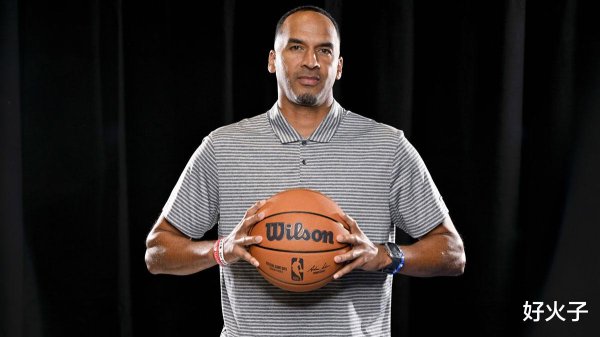
Mavericks rumour: Insiders reveal Dallas s upcoming offseason lineup plan
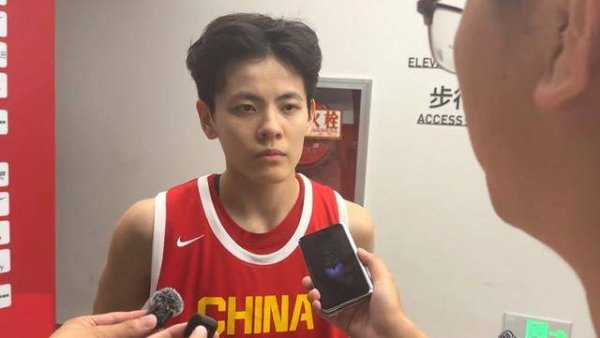
Yang Shuyu: The new coach has allowed the team to grow more than last year!
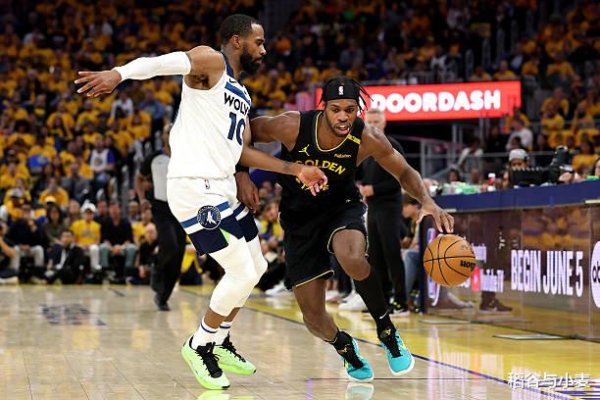
Can t play in the comfort zone, the Warriors powerful pitcher really can t perform better?
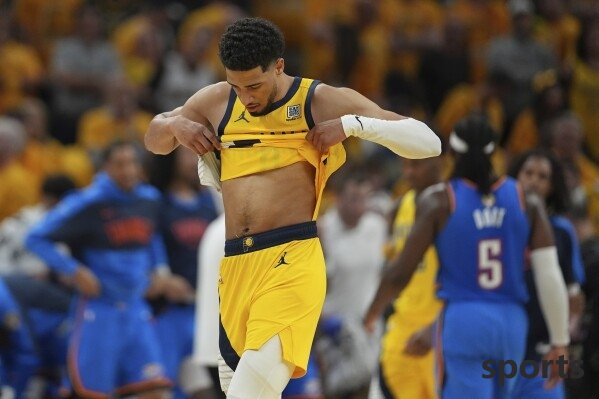
A certain scout: The competition in the NBA is very open now
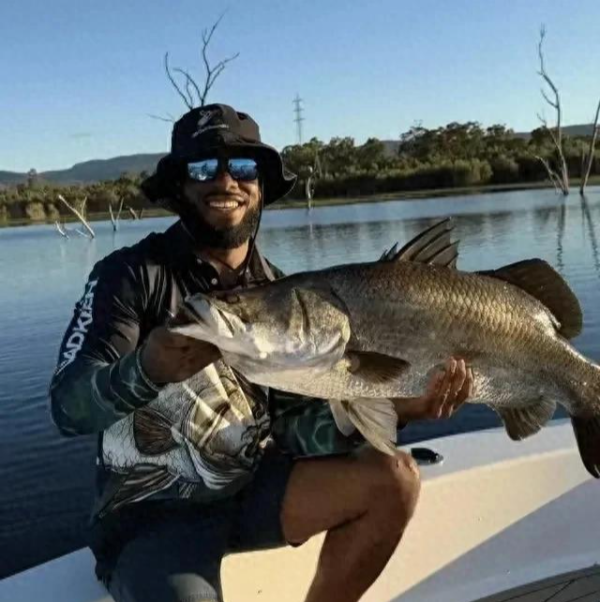
Where should Simmons go from a maximum salary to a basic salary, or even marginalized?
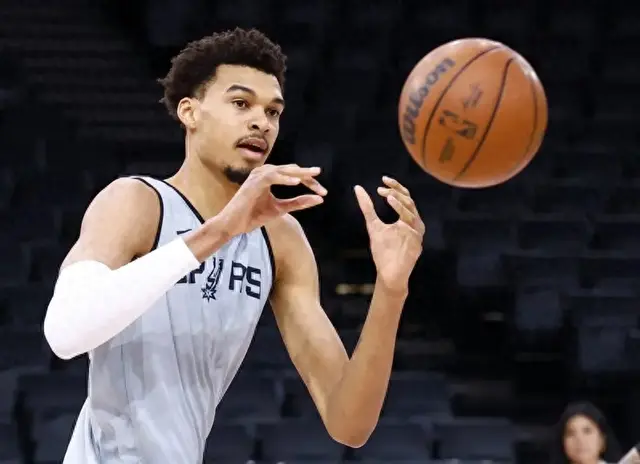
NBA/Shaolin Temple practice has gained results. Wenban Yama stays at the Spurs for her life

Whale: Sika s ability is far above Little Card. Brunson is fighting passerby Harry, the leader of the team battle